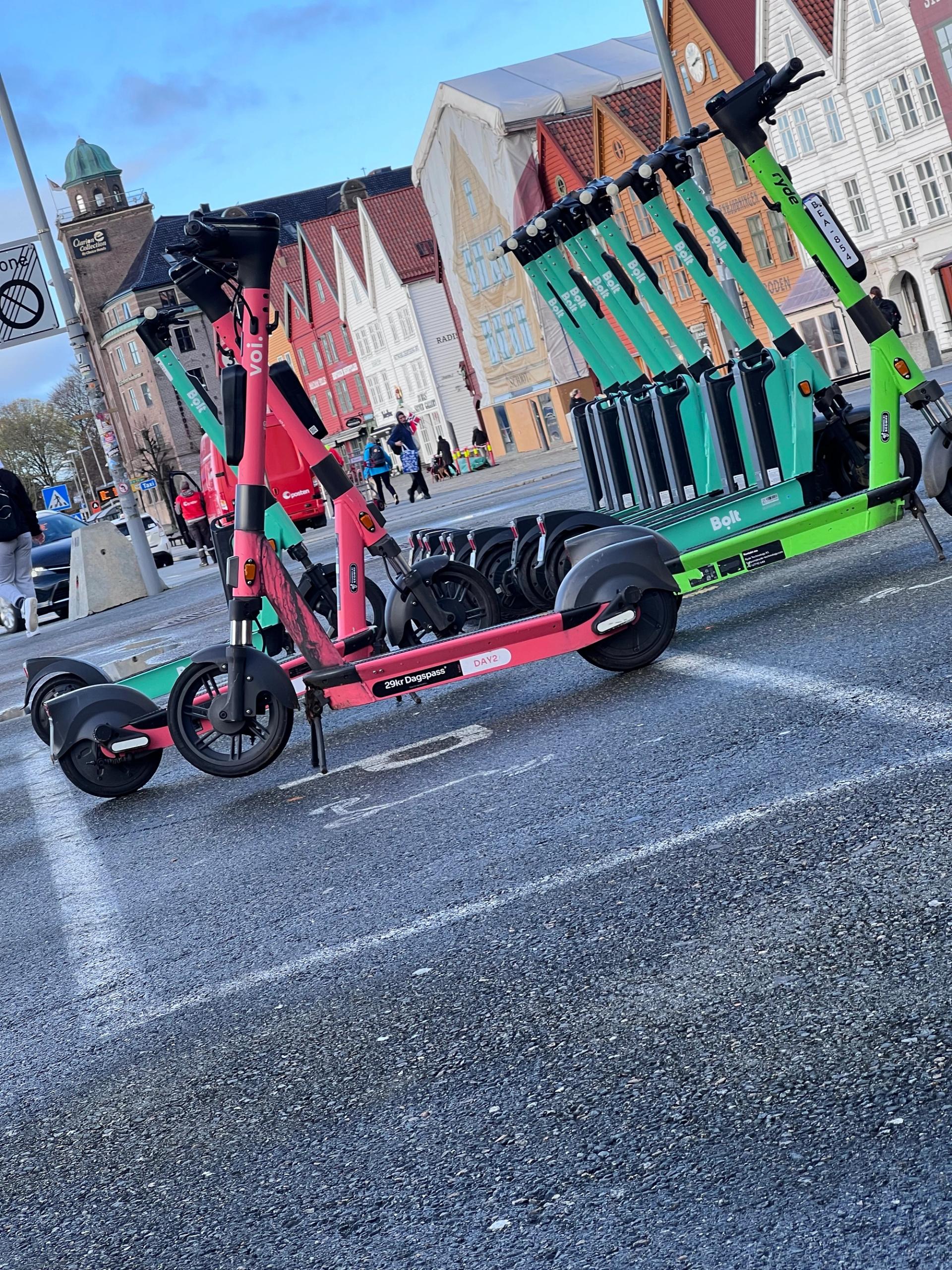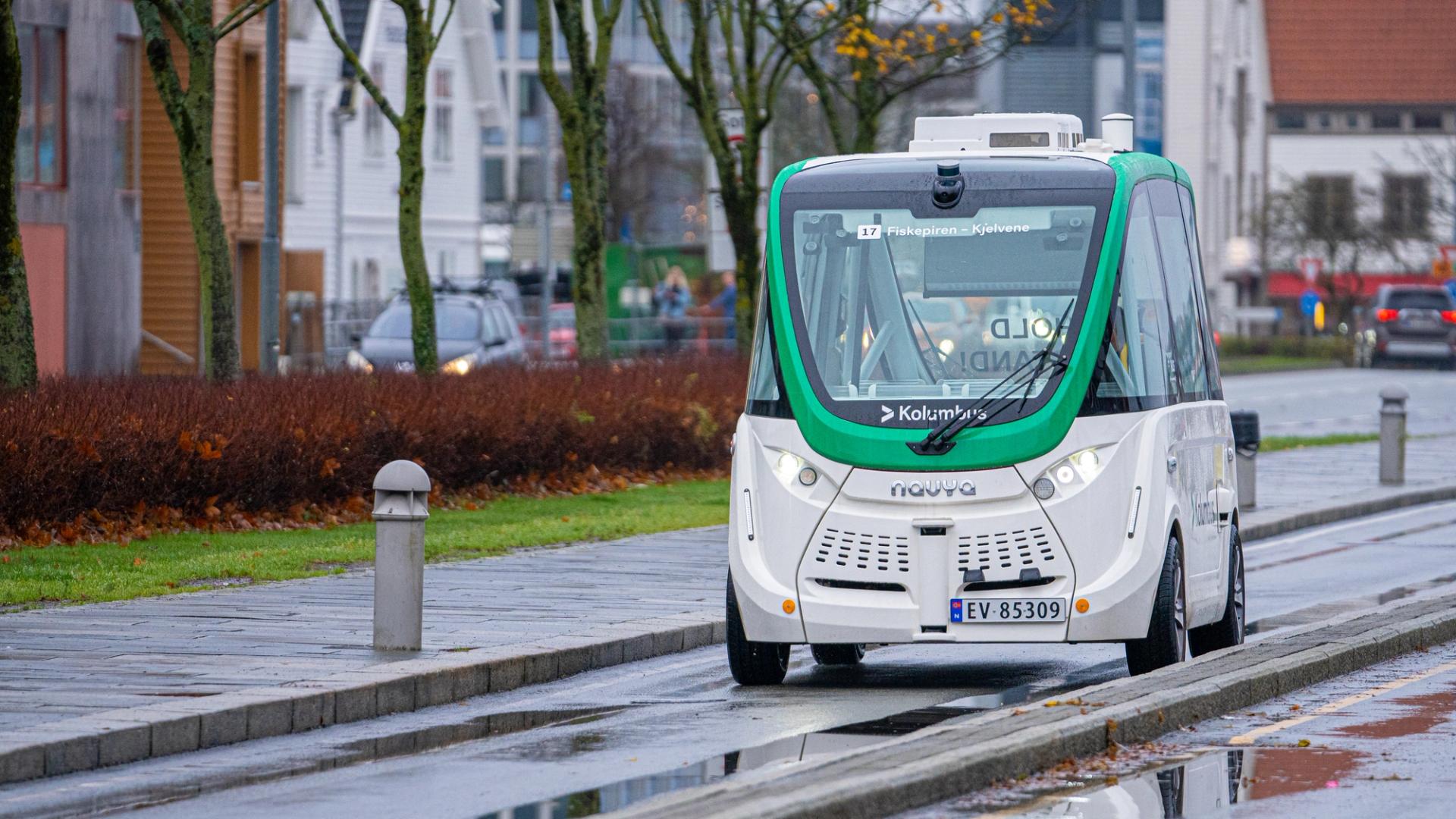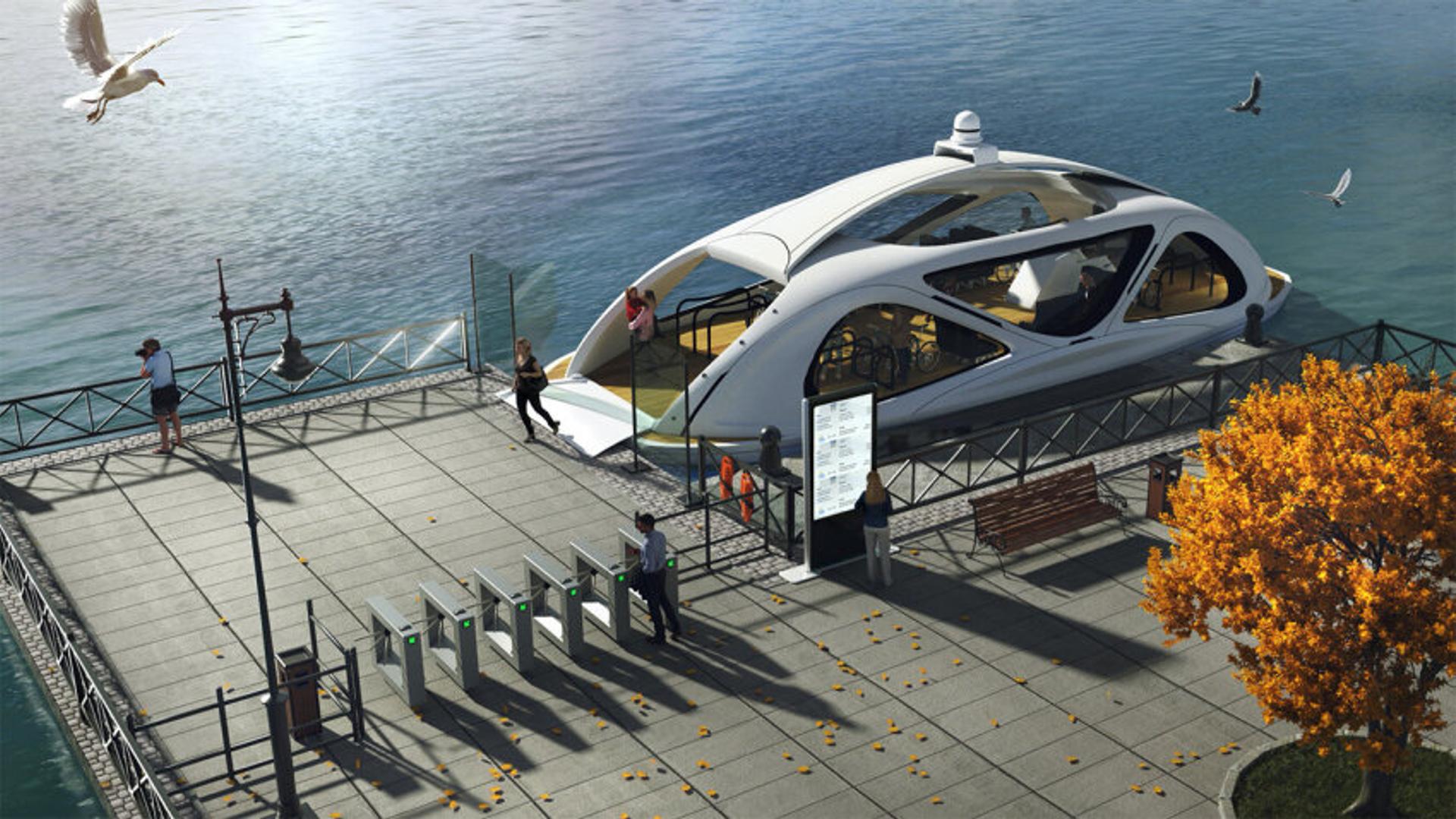
Norway pioneers smart, green urban mobility
Published 14 Mar 2024 (updated 19 May 2025) · 5 min read
Still the global champion in EV adoption, Norway continues to pioneer all kinds of solutions for smarter, greener mobility in cities.
In cities such as Oslo and Bergen, people get around town in clean, quiet, efficient modes of transport – for work and play, on land and at sea.
Micromobility takes hold in Norway
Like others in Europe, Norwegians have gone wild for e-bikes and e-scooters. Riders own them as well as hire them in shared mobility solutions. The City of Bergen alone hosts 10 shared mobility hubs. In fact, Norway has the highest rate of e-scooter use of all its Nordic neighbours, making Norway the perfect place to introduce micromobility innovations.
Small e-vehicles are great for short trips, and in Norway, 80 per cent of car rides are less than 15 km. Norwegians rely on micromobility to move around urban centres, business parks and college campuses. In addition, commuters ride them to public transport hubs to catch a bus, train or ferry. In Norway, 20 per cent of e-scooter trips are used for this purpose.
Covered mini-EVs for inclement weather
Northern climes bring lots of snow and rain, and who wants to ride a bike in a downpour? Since Norwegians are experts at adapting to the weather, they have devised inventive solutions. One of these is CityQ, a four-wheeled e-bike with a cover that shields riders from the elements.
Along similar lines, Paxster's smart mobility vehicles, began with small vehicles with cargo space for last-mile delivery of post, parcels and food. With Paxster, drivers can easily manoeuvre in city traffic and find parking in congested areas, even on sidewalks. In terms of energy use, Paxster can be up to 20 times more efficient than a standard delivery vehicle.
Putting the breaks on urban parking chaos
Most large European cities still struggle to reduce traffic and organise parking in city centres. This is where Norwegian innovation shines with creativity. Parqio, for instance, turns private shared garages into mobility and service hubs, putting idle parking space to good use at a time when on-street parking is disappearing.

To deal with illegally parked and abandoned e-bikes and e-scooters, some high-tech Norwegian companies have turned to AI and IoT. In two different govtech solutions, Happy City© from SparkPark uses geofencing and Bluetooth tracking to give municipalities control over where e-vehicles are parked, while Nivel provides real-time data on a city’s micromobility status, allowing city administrators to adjust parking zones on the spot.
World’s first zero-emission fast ferry
One place where traffic congestion isn’t a problem is the water. For centuries, Norwegians have relied on vessels to transport them between islands, peninsulas and the mainland. In the 20th century, diesel-powered fast ferries changed the game. People could commute longer distances much faster, but the pristine environment suffered from air and noise pollution.
In response, the Norwegian shipyard Fjellstrand has built the world’s first high-speed electric ferry for passenger transport in and near cities. Dubbed the MS Medstraum, this zero-emission ferry serves the City of Stavanger. In 2022, the ferry received the “Ship of the Year” award at the SMM trade fair in Hamburg, Germany. The Medstraum reduces CO2 emissions by 1 500 metric tons per year compared to the existing diesel-powered fast ferry.
Record number electric ferries in operation
Today Norway has more than 80 electric commuter ferries in operation. In addition, the ferry company Bastø Fosen operates the world’s largest e-ferry across the Oslofjord’s busiest commuter route. The rapid development of e-ferries has been possible thanks to Norway’s strong supply chain, which includes companies such as Norwegian Electric Systems, which delivers power and control systems for electric, short route car ferries.

Green hydrogen extends ferries’ range
Electricity isn’t the only sustainable way to propel a ferry. Green hydrogen provides a zero-emission alternative to battery power on longer routes.
A notable example is the MF Hydra – the world’s first ferry powered by PEM fuel cells operating on liquid hydrogen. These cells contain enough fuel for 12 days of sailing – an advantage over battery-electric vessels, which have a more limited range.
New hydrogen ferries are now under construction for the three-hour trip between Bodø and Lofoten, Norway’s longest and most weather-exposed ferry route. They are slated to commence operation in 2025.
Creative electric charging solutions
At sea or on land, electric modes of transport must be charged, and Norway has produced many practical, reliable and cost-effective charging solutions. For shared urban charging, ZAPTEC’s Zaptec Pro can charge up to 100 cars on a single circuit per day, handling both slow and fast charging simultaneously to optimise power use and prevent grid imbalance.
SmartCharge’s cloud-based solution for EV charging infrastructure brings together charging station operators, charge point manufacturers and installers, while MobiDock delivers a universal e-scooter and e-bike parking solution that uses wireless charging technology.
In marine transport, SHIFTR delivers a ground-breaking autonomous battery swap solution for fast ferries, enabling the transition to electric operation with no change in service quality.
Autonomous vehicles have arrived
When combined with zero-emission propulsion, autonomous vehicles promise to revolutionise urban transport. Since 2019, the City of Oslo has trialled regular bus routes with autonomous shuttles. Other cities and towns in Norway are also testing how various self-driving vehicles can be used for different types of transport. Two innovators in this area are Mobility Forus and Applied Autonomy, which work with local transport authorities to deploy shared, autonomous mobility in urban areas.

On the water, autonomy has come even farther. When combined with zero-emission propulsion, autonomous waterborne transport has the potential to end city traffic jams and pollution. The Zero-emission Automated WAter Shuttles (ZAWAS) project envisions fleets of autonomous water shuttles that quickly move commuters from one of the city to the other, replacing cross-city driving.
Norway brings ultra-smart ferries to European capitals

Norwegian companies are breaking new ground in smart ferry innovation. In an historic step forward, the technology company Zeabuz and the ferry operator Torghatten have launched the world’s first emission-free, commercial, autonomous ferry in Stockholm. This self-driving ferry uses state-of-the art sensor and navigation technology to manoeuvre among other boats, dock to the quay by itself and handle passengers safely.


